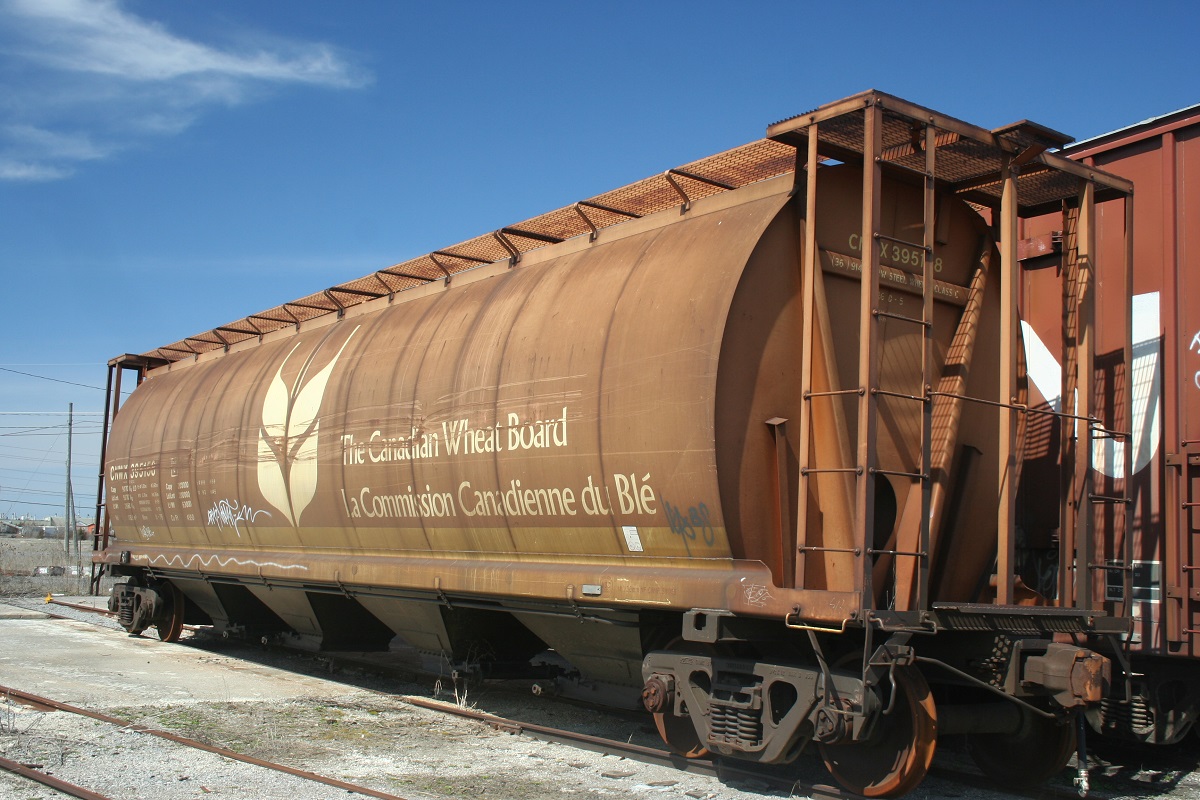Sustain / Real Bread Campaign / Articles
(Carbon) footprints in the dough?
Archeobotanist and cereal breeder John Letts shares some of his views on a subject of which, partly due to labelling law, many people are unaware.

I think that CO2 emissions are an important issue for bakers, farmers and consumers. The climate is obviously changing at an alarming rate and I believe we humans have something to do with it. So we have to try to reduce the CO2 production costs of our food as much as possible. The carbon footprint of a loaf of bread can be broken down under three headings: sourcing of ingredients, production methods, and distribution of the final product.
Carbon intensive
In baking, both artisan and industrial production systems are carbon intensive. Although we can’t avoid the fact that fuel is needed to bake bread, all bakers need to look at moving towards non-polluting sources of energy (e.g. wind, tidal and solar) and ways to reduce the amount they use.
The transportation contribution to a loaf’s carbon footprint made by a local artisan baker delivering bread only within a limited catchment area will be lower than for an industrial loaf baked in a remote factory, driven down the motorway to a regional distribution centre, and then driven again to a supermarket.
This leaves the sourcing of grain. Importing a ship load of grain from Brazil, or a container load from Kyrgyzstan, is energy intensive. Grain shipped to the UK from Australia will have a lower carbon footprint than if this same quantity of grain had been transported the same distance overland in a fleet of lorries, but this doesn’t mean that importing grain by ship isn’t an environmental problem. As John Vidal notes in The Guardian, recent studies have shown that shipping emits far more CO2 than previously thought.
Anything to declare?
What no one seems to want to talk about is that any commercially produced flour (including stoneground organic flour) may have powdered dried gluten from other sources added without it having to be declared on the label, the reasoning being that gluten is a constituent part of wheat flour.
Wherever this gluten powder is produced (e.g. China, Canada, Australia, Brazil or other EU countries), the grain must first be milled and the gluten washed out before it is dried and re-milled into a powder that can be easily added to flour. The gluten is likely to be transported by road, perhaps over a great distance, to a port or airport and then flown or shipped to the UK. This expensive gluten is added to the flour either at the mill or in the bakery, but does not appear on the ingredients list.
Greater carbon footprint
There are specific regulations governing the presence of gluten in gluten free foods, but not the addition of powdered gluten to bread flour. This results in a situation in which consumers might purchase flour or bread that they believe contains only local (or at least UK) grain, unaware that the carbon footprint of their ‘artisan’ loaf is much greater because it contains imported gluten.
Many millers and commercial bakers may say that this extra gluten is required to make decent bread, but I don’t believe this is true, particularly for ‘real’ artisan breads. I believe that excellent, well-risen bread can be made from 100% UK grain without adding extra gluten. And if this really isn’t possible, then we should be honest with consumers and tell them that their ‘local’ loaf isn’t really as local or environmentally friendly as they think it is.
I think it’s misleading to tell consumers that flour is ‘local’ just because it was ground in a local mill, and that a loaf made with this flour is ‘local’ when it contains imported grain or gluten. The Real Bread Campaign standards do not mention powdered gluten, but if we are to take the carbon footprint issue seriously, and encourage consumers to believe that our Real Bread is exceptional for reasons of taste, health and the environment, than we need to take a stand on this issue and demand transparency.
Originally published in True Loaf magazine issue 6, January 2011.
Read about food and climate change on the Sustain website.
Published Wednesday 21 August 2019
Real Bread Campaign: Finding and sharing ways to make bread better for us, our communities and planet.

